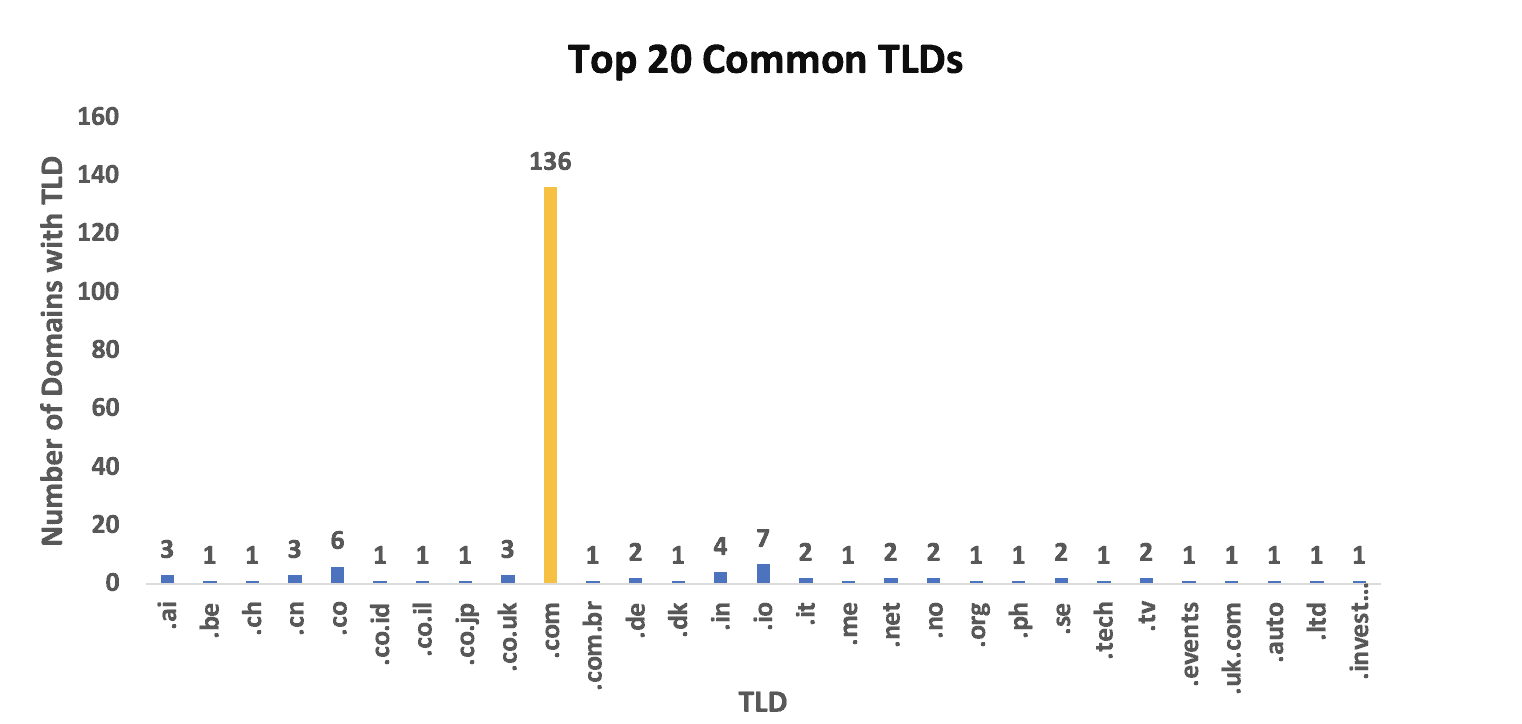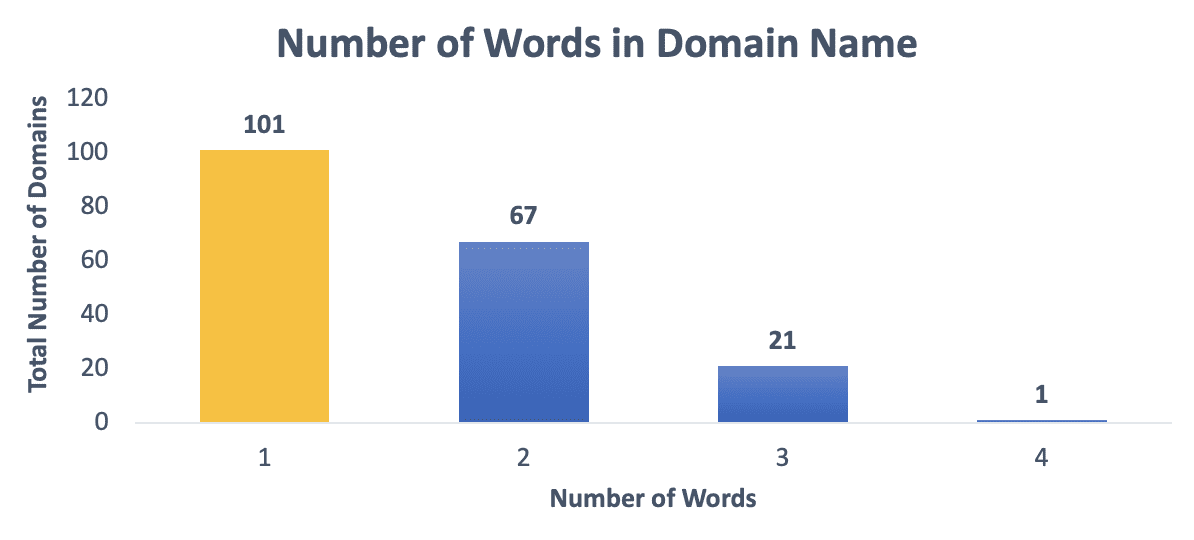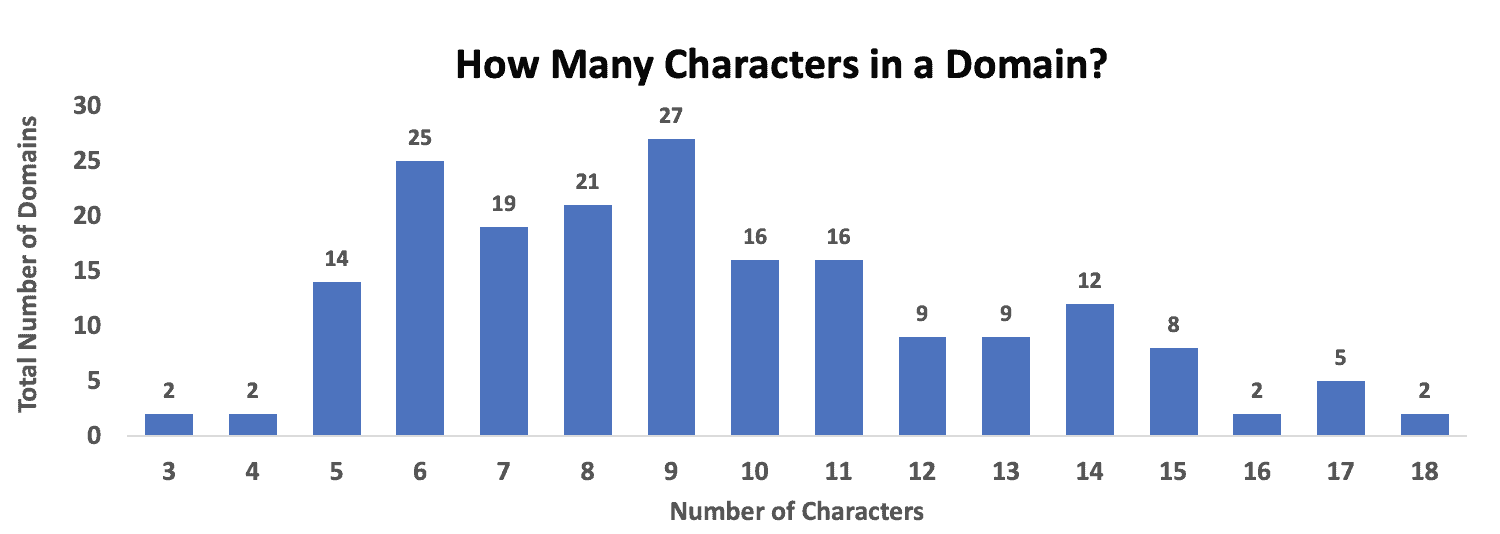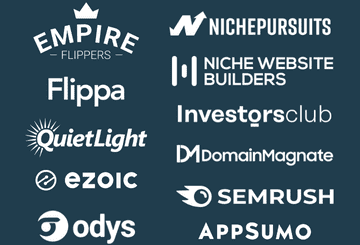There was less data available for startup buying habits in 2018 than in 2016 and 2017, but it’s still interesting to take a look at this sample and see if the results are comparable to the two previous years’ worth of data.
Whether the numbers are similar or show some type of new divergence, either way, that information can be useful to domain investors. Numbers can tell about the strength of a current trend, whether it’s growing stronger or weakening, and keep us aware of potential changes beginning to show up in the markets.
We still have 190 brands that were studied, analyzed, and the information is broken down into easy-to-understand summaries.
Here’s what we will cover in this analysis:
- Raw data of funded startups
- Major insights from analysis
- Takeaways for domain investors
Let’s get into it!
Raw Data of 2018 Funded Startups
3 Major Insights From Domains Used By VC Startups
Though the 2018 data is from a smaller sample size, the data can still tell us some interesting things about the habits and patterns in the current domain market when it comes to VC startups. For domain investors, this is an important group to keep track of.
They are motivated buyers, have the budget to spend on the right domain, and are motivated by good branding and marketing.
So how did we gather and use this information?
Our approach was as follows. We obtained the data of funded startups from Crunchbase and cross-correlated that to their domain names. We analyzed the raw data using Microsoft Excel and created data-driven charts to pull insights.
The following is the analysis based on the 2018 information.
1. Most Common TLDs Used By Startups
Out of 190 domain purchases analyzed, 136 chose a .com for their domain name. This is 72% and is up percentage-wise from both 2016 and 2017. It shows that especially in limited numbers .com continues to reign as the undisputed number one preference of startups that are backed by venture capital.
The overwhelming majority use .com domains. The .io and .co TLD extensions seem to be the two most popular alternatives, although the sample is small enough that it could be argued that this isn’t necessarily solid enough data to make a determination.
If this data was standalone, that might be a fair point. However, since this falls in line with what 2016 and 2017 data seemed to indicate, we can assume this is at least some supporting data to our previous conclusions about the most popular TLDs for VC-backed startups.
2. Number of Words in a Startup Domain Name
The strong benefit that shorter domain names offer continues to make them the most attractive options for startups funded through venture capital investments. Once again there are two clear winners when it comes to the number of words in a potential domain name.
Out of the domains we looked at 101 of them (53%) were just one word while another 67 (35%) are two words. That means 85% were one or two words in length. There was only a single domain name at four words and none that had more than that.
Longer domain names aren’t making a comeback in the world of brands and VC startups. They’re all about domain names that are: short, sweet, and brandable.
3. How Many Characters In Startup Domains?
There was a slight change here in 2018, though whether it’s a major movement is up for debate. The majority of domains bought by startups in 2018 ranged from 6 to 9 characters in length.
This was similar to 2016 and 2017, when the majority of domains were 6 to 10 characters in length. The change here might indicate a shift, but more likely it’s the smaller sample size that makes a difference.
Even in 2016 and 2017 there were a lot of domains that had one character less than the “golden range” as well as many that had one or two characters more.
While the data in 2018 isn’t quite as clear cut, it doesn’t disprove any of the main takeaways from previous years. If anything, the data still holds up that shorter is better when it comes to selling domain names to startups.
One and two-word domain names as well as a reasonable lowish number of characters.
Final Takeaways for Domain Investors
The data from the 2018 numbers gives some data that we can continue to use for domain investing. The data here can be combined with the previous two years’ to show some clear trends that let us take confidence in the following takeaways:
- Investors should spend most of their time on .com TLDs to increase the chances of that domain being in high demand by a VC-backed investor.
- Domain names that are only one word or two words in length are the most popular options by far for startups.
- 6 to 9 characters is the sweet spot for a domain name, but slightly shorter or longer domains should still be considered, especially if they are a .com






